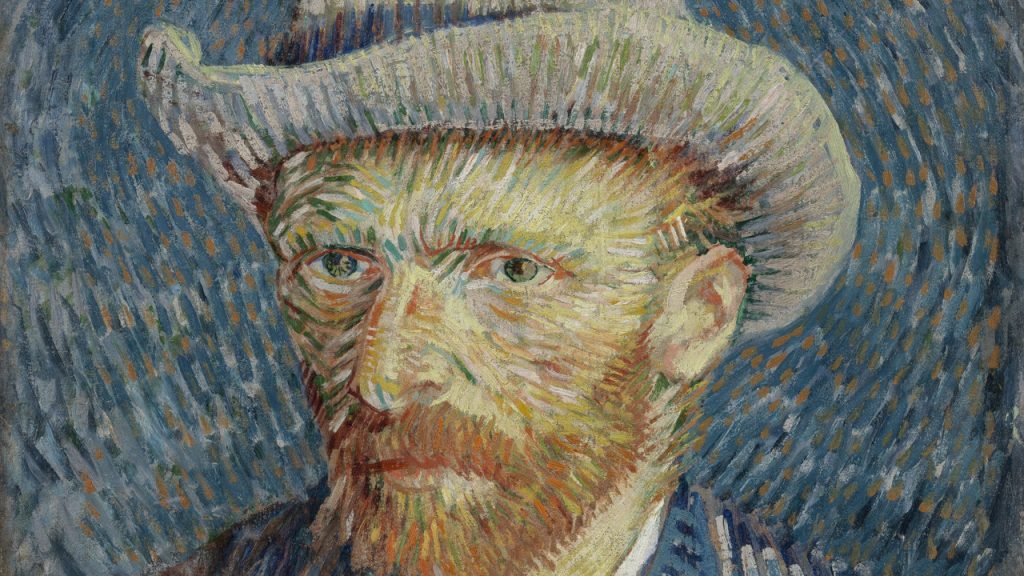Three paintings once believed to be works of van Gogh’s that had been held in private collections were recently determined fake by the Van Gogh Museum. One of these calls a painting of a peasant woman that commanded almost $1 million at Christie’s in 2011, even though the Amsterdam museum says it had authenticated the work.
The result are the findings in the October Burlington Magazine, by specialists of the Museum Teio Meedendorp, Louis van Tilborgh and Saskia van Oudheusden. The 1970 Catalogue Raisonné by Jacob-Baart de la Faille lists these works as genuine.
One of them, Interior of a Restaurant, had been widely attributed as a second version of Vincent van Gogh’s Interior of The Grand Restaurant ‘Le Courtois’ (1886), but the original canvas has never resurfaced. But experts determined the brushwork and color palette did not match van Gogh’s style from that time, in part because of very early use of a Manganese blue pigment patented only in 1935—after van Gogh died. Further questions were raised about the authenticity of Interior of a Restaurant due to discrepancies between the flowers represented in both versions.
The other Bilbao forgery, Head of a Woman sold as Head of a Peasant Woman with Dark Cap at Christie’s New York in 2011 for $993,250 It was initially verified by the Van Gogh Museum in 2008 but experts were asked to authenticate another painting with almost an identical background in 2019, prompting doubts. The study concluded that the Christie’s work was a copy of the original work on canvas produced only after 1902, when Shishkin painted it, and no later than 1909 when his widow sold it to a private collection.
After the museum report, Christie’s issued a statement: “We take every measure to authenticate the works we offer for sale. This process includes seeking advice from the world’s preeminent experts in authenticity matters.” It was attributed as a Van Gogh in 2011. We are disinclined to elaborate on any individual consignments as a matter of practice.
Wood Gatherers in the Snow (1884), on the other hand, was indeed authenticated as the third work of that 1970 catalogue, and it had sold at Sotheby’s in 1957. But in 2020, professionals declared the painting a copy made from a picture of the first. The forger failed to know facts like the vertical stick utilized by Brabant peasants, and a snow-covered farmhouse roof are among other things that further raise questions about the paintings authenticity.
The revelations underscore the difficulties in verifying works by great artists and have cast doubt on certain Van Gogh attributions that had been widely accepted for years.





